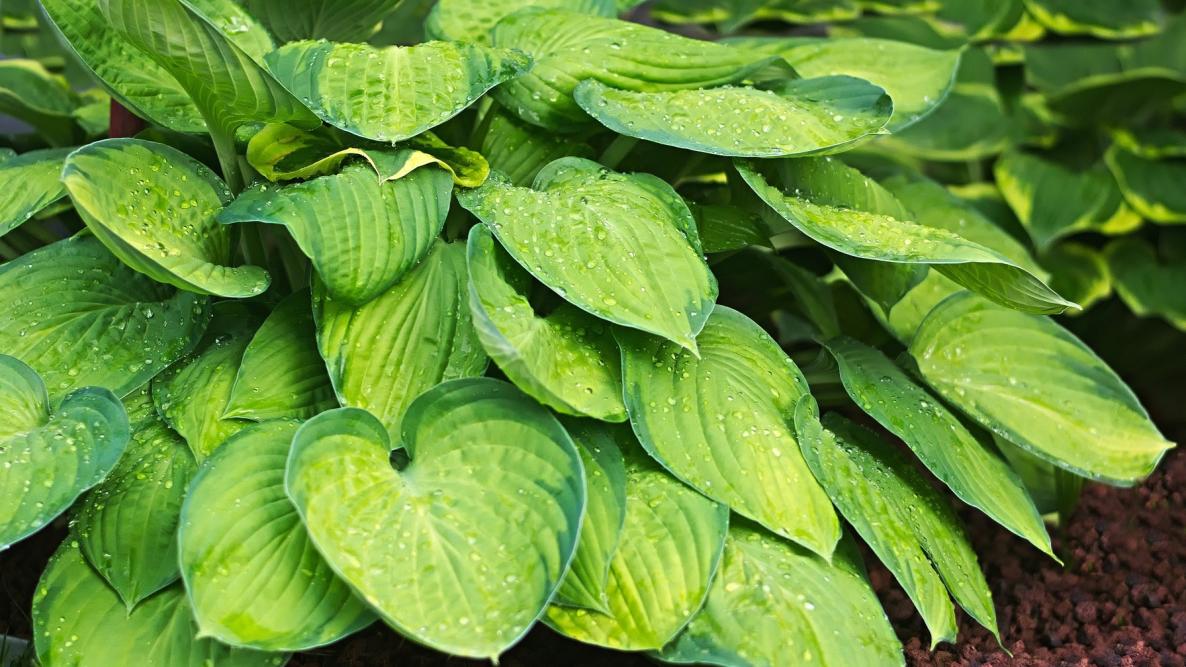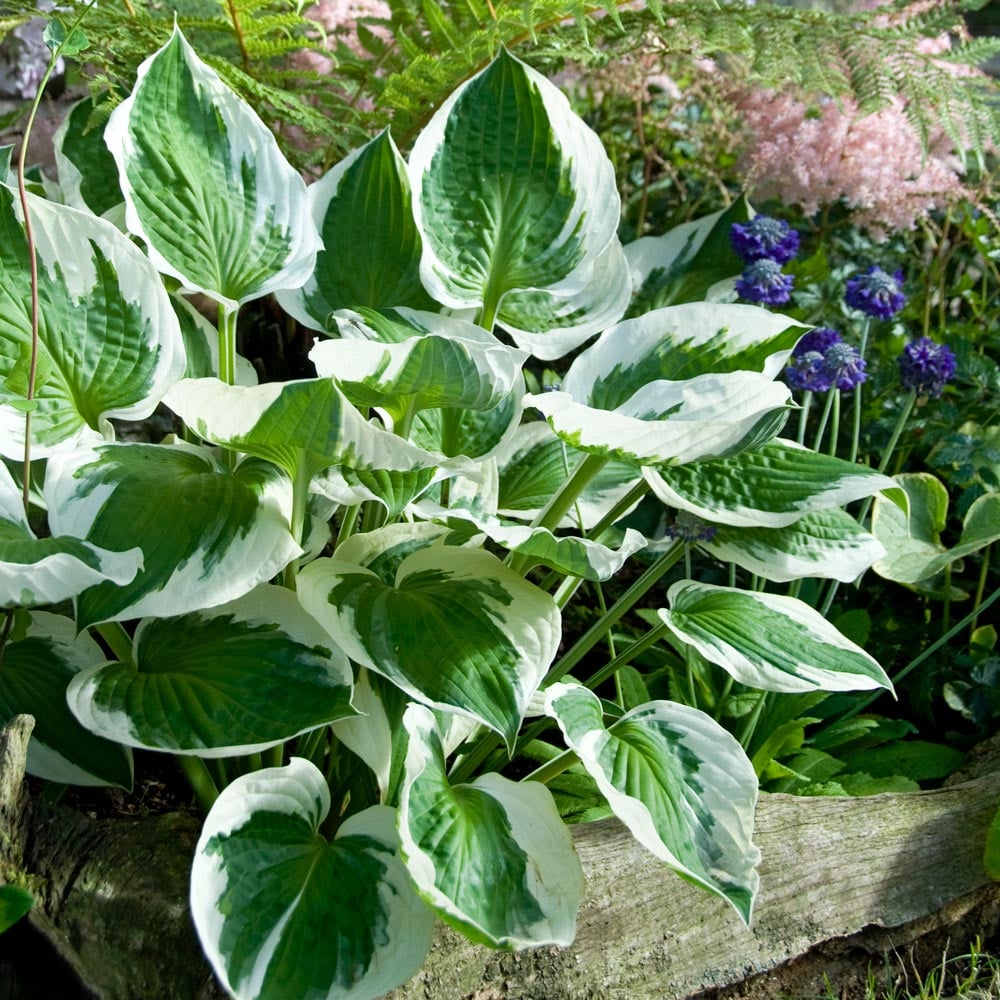
Hostas Plant
Hostas Plant: A Comprehensive Guide
Introduction
Hostas are popular plants known for their attractive foliage and versatility in various garden settings. These shade-loving perennials come in a wide range of sizes, shapes, and colors, making them a favorite among gardeners.
History and Origin
Hostas, also known as plantain lilies, are native to East Asia, particularly Japan, Korea, and China. They were first introduced to Europe and North America in the late 18th century and have since become a staple in gardens worldwide.
Growth Habit
Hostas are herbaceous plants that grow from rhizomes or tubers. They typically form dense clumps of foliage that range from a few inches to several feet in height, depending on the variety. The leaves can be solid or variegated in colors like green, blue, yellow, or white.
Light and Soil Requirements

Hostas thrive in partial to full shade, making them ideal for areas with limited sunlight. They prefer well-drained, moist soil rich in organic matter. Adding compost or mulch to the soil can help improve its fertility and water retention.
Watering and Maintenance
Hostas require regular watering, especially during hot, dry periods. Mulching around the base of the plants can help retain moisture and suppress weeds. Pruning dead or damaged leaves can promote new growth and keep the plant looking neat.
Propagation
Hostas can be propagated through division, seed, or tissue culture. Division is the most common method and involves separating the rhizomes or tubers into smaller sections with roots attached. This can be done in early spring or fall for best results.
Common Pests and Diseases

Hostas are relatively pest and disease resistant, but they can still be susceptible to slugs, snails, and deer. Applying organic or chemical repellents can help deter these pests. Common diseases include crown rot, leaf spot, and powdery mildew, which can be treated with fungicides.
Popular Hosta Varieties
There are thousands of hosta cultivars available, each with its own unique characteristics. Some popular varieties include ‘Sum and Substance’ with large, chartreuse leaves, ‘Patriot’ with green and white variegated foliage, and ‘Blue Angel’ with blue-green leaves.
Landscaping Uses
Hostas are versatile plants that can be used in various landscaping settings, from borders and edging to containers and mass plantings. Their foliage provides texture and color contrast, making them a great addition to shade gardens or woodland areas.
Companion Plants
Hostas pair well with other shade-loving plants like ferns, astilbe, heuchera, and coral bells. Mixing different textures and heights can create a visually appealing garden display. Consider planting hostas with contrasting foliage colors for added interest.
Seasonal Care
Hostas are relatively low-maintenance plants but benefit from some seasonal care. In spring, remove any winter debris and apply a balanced fertilizer to promote growth. In summer, monitor for pests and diseases, and water as needed. In fall, cut back foliage and mulch for winter protection.
Overwintering
Hostas are hardy plants that can survive winter in most climates. In colder regions, mulching or covering the plants with leaves can provide extra insulation. Avoid cutting back foliage until spring to protect the crown from frost damage.
Container Gardening
Hostas can be grown in containers, making them a great option for small spaces or urban gardens. Choose a large, well-draining pot with adequate drainage holes and a quality potting mix. Water regularly and fertilize as needed throughout the growing season.
Benefits of Hostas
Hostas offer several benefits to gardeners, including their ease of care, adaptability to different growing conditions, and beautiful foliage. They can help add texture, color, and interest to shady areas and create a lush, tropical look in the garden.
FAQs
1. Are hostas deer-resistant?
Some hosta varieties are more deer-resistant than others, but no plant is completely immune to deer damage. Using repellents, fencing, or plants deer find less appealing can help protect your hostas.
2. Can hostas tolerate full sun?
While most hostas prefer shade, some varieties can tolerate partial to full sun with adequate moisture and soil protection. Be sure to check the specific sunlight requirements for the hosta cultivars you choose.
3. How often should I divide my hostas?
Hostas can be divided every 3-5 years to maintain plant health and rejuvenate growth. Dividing in early spring or fall when the plants are dormant allows for easier transplantation and establishment.
4. Can hostas be grown indoors?
Hostas are primarily outdoor plants that require ample sunlight and space to thrive. While they can be grown indoors in containers, they may not reach their full potential due to limited light and growing conditions.
Conclusion
Hostas are versatile, low-maintenance plants that can add beauty and interest to any garden setting. With their wide range of colors, sizes, and textures, hostas offer endless possibilities for landscaping and design. By following proper care and maintenance practices, you can enjoy the beauty of hostas in your garden for years to come.